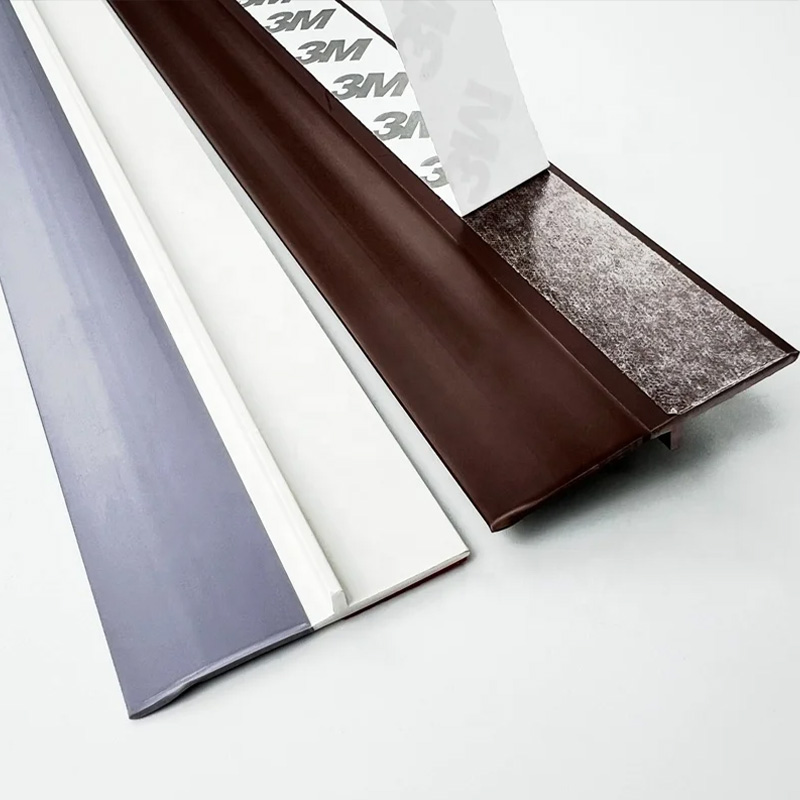Exploring the Production Process and Sustainability in Jute Rope Manufacturing Industries
The Significance of Jute Rope Factories in Today's Economy
Jute, often referred to as the golden fiber, has been an integral part of the textile industry and agricultural sectors for centuries. Among its various applications, jute ropes have gained considerable attention due to their strength, durability, and eco-friendliness. Jute rope factories play a vital role in the production and supply of these essential materials, contributing significantly to both local and global economies.
The Process of Jute Rope Production
The production of jute ropes begins with the harvesting of jute plants, primarily grown in the tropical regions of South Asia, including Bangladesh and India. After the jute fibers are extracted from the stems of the plants, they undergo a series of processing steps such as retting, washing, and drying. Once the fibers are prepared, they are spun into yarn, which forms the fundamental component of jute ropes.
In jute rope factories, skilled artisans utilize traditional techniques alongside modern machinery to produce ropes of various thicknesses and strengths. The blending of craftsmanship with technology not only enhances efficiency but also maintains the quality and durability for which jute ropes are known. Factories often emphasize sustainable practices, ensuring minimal waste during production and emphasizing the biodegradable nature of jute products.
Economic Impact
Jute rope factories are significant contributors to the economies of the regions in which they operate. By generating employment opportunities, these factories support numerous families, particularly in rural areas where job options may be limited. Laborers are engaged in various phases of production, from harvesting to manufacturing, thereby providing stable income sources.
Moreover, the growing global demand for sustainable and eco-friendly products has further bolstered the jute industry. As consumers become increasingly aware of environmental issues, jute ropes, which can be used in diverse applications ranging from agriculture to packaging, are gaining popularity. This heightened demand translates into higher production levels, which in turn encourages factory expansion and investment.
jute ropes factories

Environmental Benefits
One of the key advantages of jute rope factories is their contribution to environmental sustainability. Jute is a renewable resource, and its cultivation requires significantly fewer pesticides and fertilizers compared to synthetic fibers. Jute plants also contribute to soil health and help mitigate soil erosion.
Furthermore, jute ropes are biodegradable and can break down naturally over time, unlike plastic ropes, which contribute to widespread environmental pollution. In a world grappling with plastic waste, the use of jute ropes promotes a return to natural materials, fostering a deeper connection between industry and environmental stewardship.
Challenges Faced by the Industry
Despite their many advantages, jute rope factories face challenges that need addressing. Fluctuations in jute prices, competition from synthetic alternatives, and the impact of climate change on crop yields can pose significant threats to production and profitability. Additionally, many factories still operate with outdated machinery, making it difficult to compete in a global market increasingly driven by efficiency and technology.
Investments in modern technology and sustainable practices can help mitigate these challenges. Partnerships with agricultural organizations can enhance farming techniques and yield quality, ensuring a consistent supply of raw materials. Education and training programs can also equip workers with the skills needed to operate advanced manufacturing technologies.
Conclusion
Jute rope factories hold a significant place in the modern economy, providing employment, promoting environmental sustainability, and contributing to the global push for eco-friendly products. By addressing the challenges they face and investing in innovation, these factories can continue to thrive, ensuring that jute remains a vital component of sustainable industry for years to come. As consumers increasingly prioritize sustainability, the future of jute rope production looks promising, with potential for growth and positive environmental impact.
Share
-
The Best Lubricants for Aluminum Roller GuidesNewsJul.23,2025
-
Slitting Machine Applications in the Packaging IndustryNewsJul.23,2025
-
Rolling Roller Balancing Techniques for Smooth OperationNewsJul.23,2025
-
How To Optimize An EV Battery Assembly LineNewsJul.23,2025
-
Energy Efficiency in Modern Battery Formation EquipmentNewsJul.23,2025
-
Automation Trends in Pouch Cell Assembly EquipmentNewsJul.23,2025







